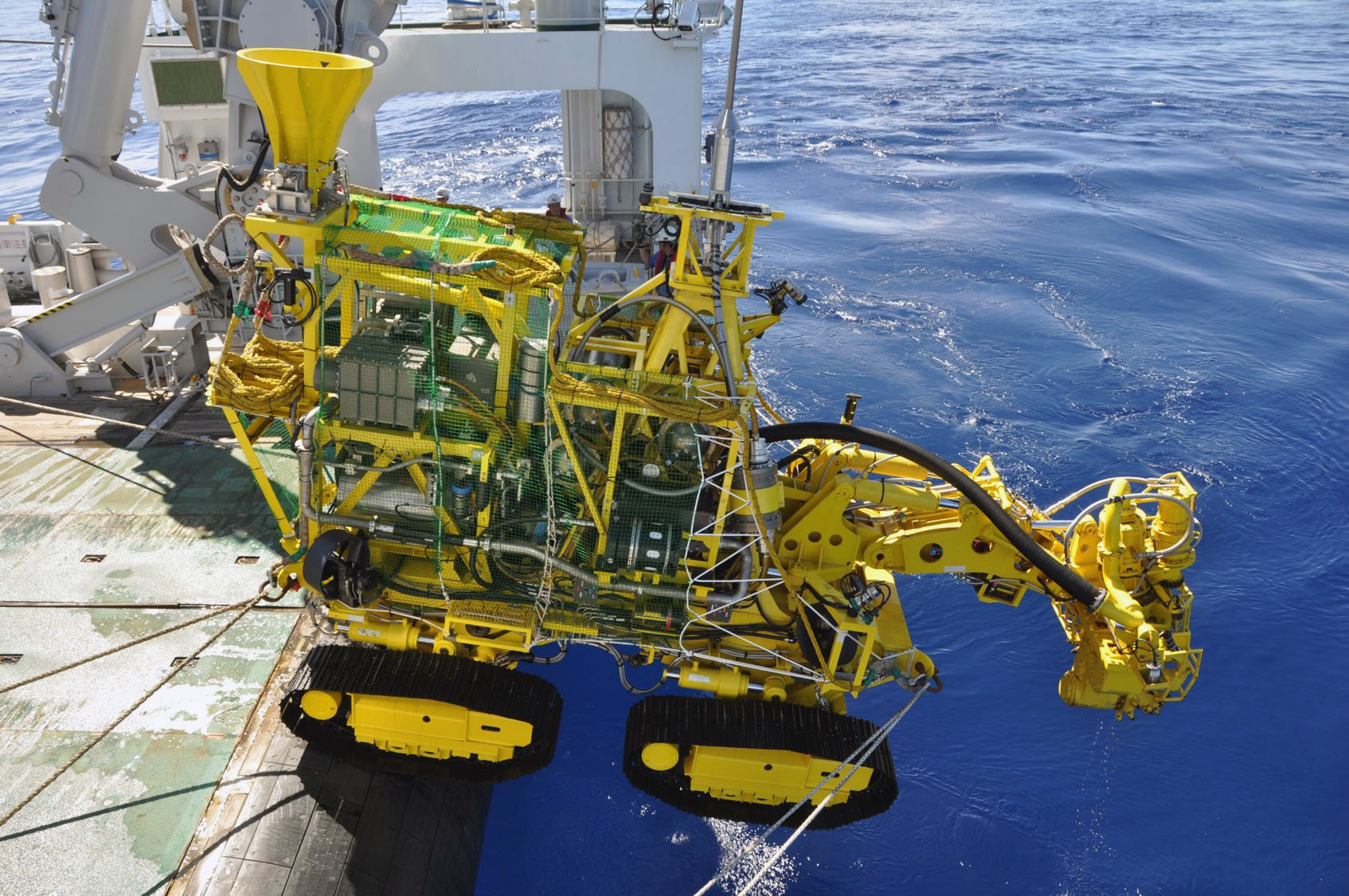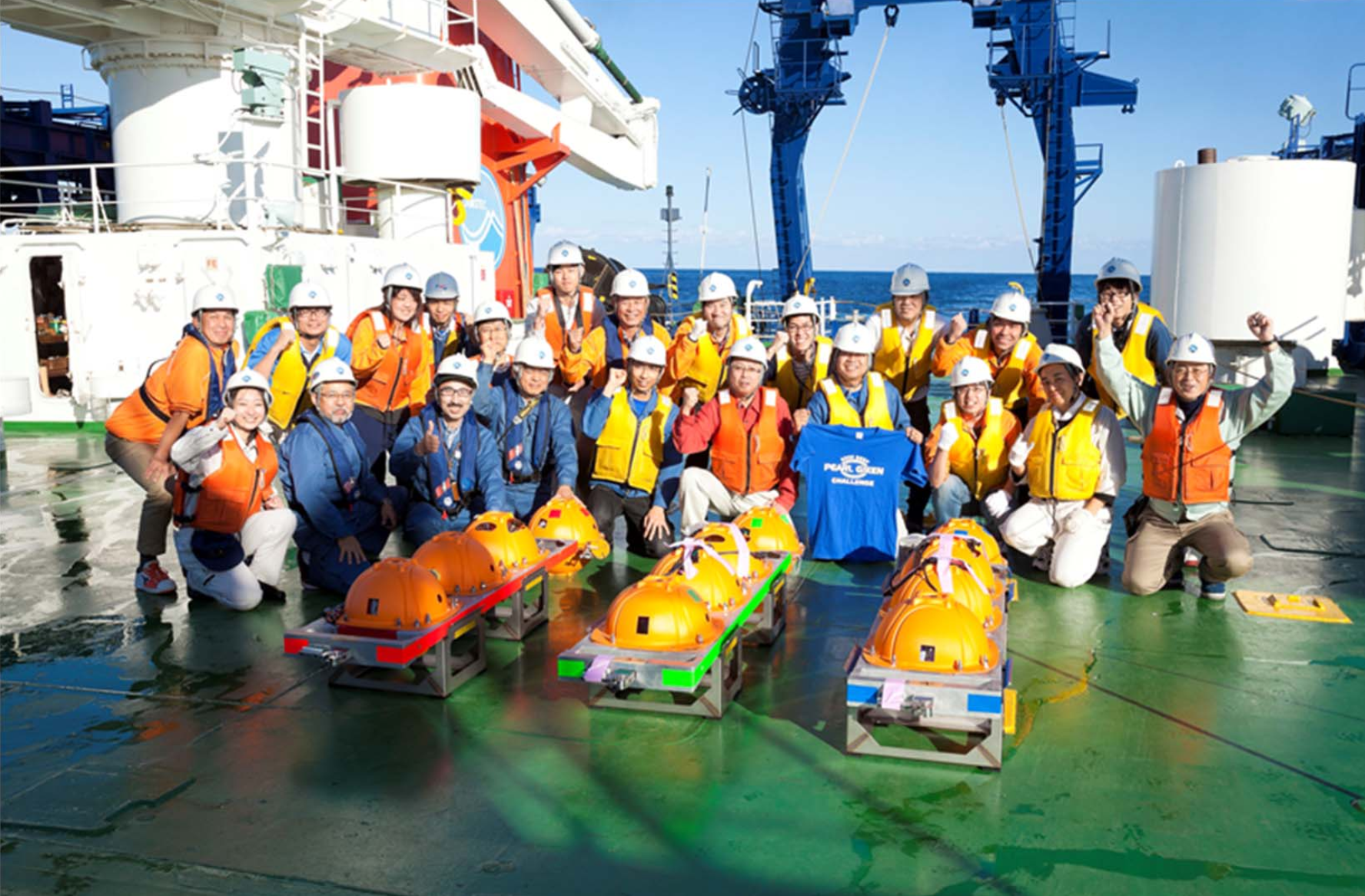The U.S. National Science Foundation has provided a grant for $500,000 to Florida Atlantic University’s College of Engineering and Computer Science for development of a real-time subsea wireless communications technology. The team will design, deploy and evaluate a first-of-its-kind testbed for real-time undersea wireless communications and surveillance (data, voice, and video streaming).
The new technology, called cognitive undersea acoustics, is designed as the foundation for a four-tier heterogeneous network architecture involving autonomous undersea vehicles (AUVs); autonomous water-surface vehicles (ASVs); unmanned aerial vehicles (UAVs); and satellites. Its designers say that the new system can advance software-defined undersea acoustic technology for cognitive networking and help address and resolve interoperability issues in heterogeneous network deployments that connect undersea, water-surface, aerial, and satellite communication nodes. This could assist in a wide-range of deep sea mining-related activities, from seabed exploration to the deployment of seafloor production tools used in exploitation.
“Today, cognitive undersea acoustics is a key wireless communication technology that can be used for a wide range of military, commercial, and scientific applications, including tactical surveillance, offshore exploration, monitoring of subsea machinery such as oil-rigs and pipelines, disaster prevention as well as the study of marine life,” said Stella N. Batalama, Ph.D., principal investigator and dean of FAU’s College of Engineering and Computer Science.
Batalama is collaborating with Dimitris Pados, Ph.D., co-principal investigator, professor in FAU’s Department of Computer and Electrical Engineering and Computer Science and I-SENSE Fellow. Together they will work to design and develop novel in-house software-defined modules of the undersea network to maximize flexibility and minimize form-factor and cost.
Batalama and Pados will evaluate and test the performance of their technique (range, accuracy, and data throughput) first in a 30-foot-deep acoustic test tank at FAU, and then in the Atlantic Ocean off the coast of Florida.




